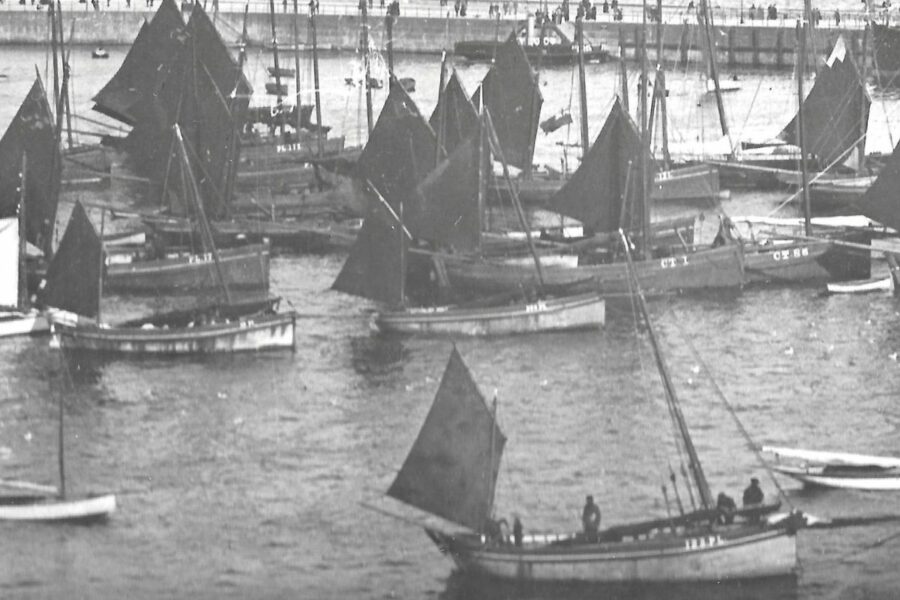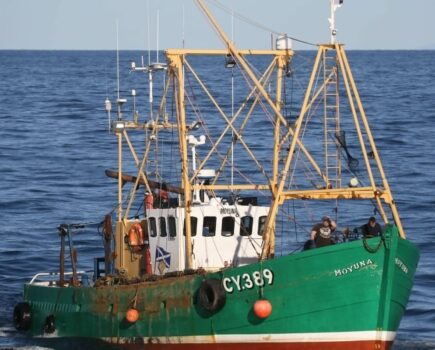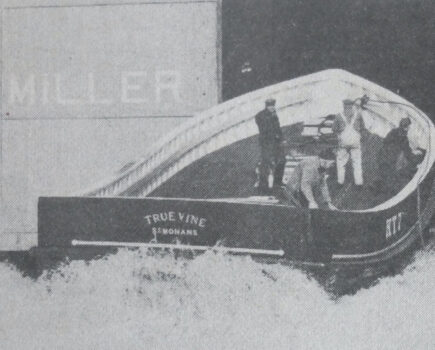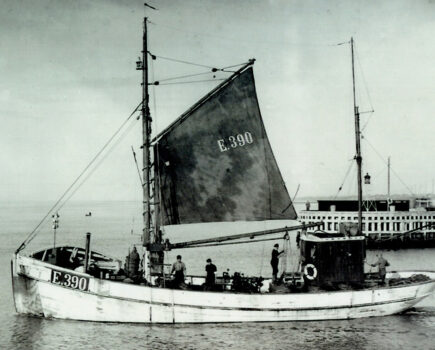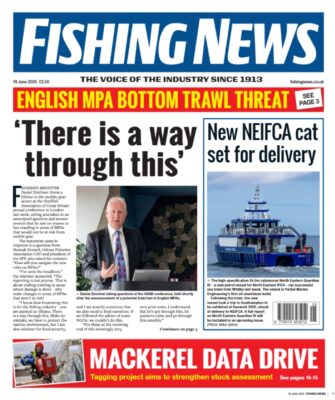Fishing vessels have long come to the Isle of Man from all points of the compass. Add in some distinctive local builds, and the result has been an intriguingly diverse fleet
The Isle of Man was a proud producer of fishing craft in the days of sail. Situated in the middle of the Irish Sea, it was an island of plenty: rich fishing grounds, strong free-trade links with Britain and Ireland (smuggling, in other words) and a wealth of men with a knowledge of the sea, washing almost up to their back doors.
But ironically, when it comes to boat design, influences have always come from afar. The Norsemen from Scandinavia, coming in their droves a millennium ago, influenced the early designs, which soon developed into more seaworthy vessels. Then the Cornish, with their double-ended luggers, brought about the powerful ‘nickeys’, followed by the Clyde-designed half-deckers, which came to be known as ‘nobbies’.
But Manxmen did build their own craft. Several yards produced both nickeys and nobbies: William Qualtrough in Port St Mary built the first nickey, Alpha, in 1869, whilst Neakle & Watterson in Peel built the last remaining nobby, Gladys PL 61, in 1901.
At the end of the 19th century, what is known today as the Ramsey Shipyard – established in 1831, and building ships up to 2,000t – was also building nickeys for the herring fishery such as Exploit PL 121 and Exquisite PL 122, both in 1878. At the same time, the yard produced many half-deckers for the line fishing, including Violet, Keepsake, Rover’s Bride, Emerald Ray, Gipsy Queen, Irene, Brunette, Wee Nippie, Henrietta, Sea Flower, Border Queen and many more. Master Frank RY 95, launched in January 1896, is still moored in Ramsey.
One report gives the half-deckers as being built by Graves and Kermeen, although we know that Master Frank was built by Messrs Clucas and Duggan, whose last vessel was Geneste. Presumably several firms leased the land at different times from the then owner.
With the advent of the internal combustion engine, designs changed, and one of the first nobbies to have an engine was White Heather PL 5 – which still survives. In 1910, the first canoe-sterned vessel was Vervine Blossom PL 65, originally launched as Blossom, which was motorised within a year of launch. However, the island’s yards were still producing sailing craft up to 1921.
Encouraged by funding from the Manx Fisheries Board, perhaps the biggest influence on Isle of Man design was the arrival of four ‘Manx’ boats in the late 1930s. Manx Fairy PL 43 and Manx Beauty PL 35 were built by the East Fife Boatbuilding Company in Cellardyke, whilst Manx Lad PL 23 and Manx Lass PL 33 came from J&G Forbes in Sandhaven. Within a few years, five more came: Manx Lily PL 34, Manx Clover PL 47, Manx Fuchsia PL 46, Manx Rose PL 48 and Manx Belle PL 62, all from the yard of J Tyrrell & Sons in Arklow. All were of the Scottish fishing vessel type, cruiser-sterned and based on a design by George Forbes.
The canoe- and cruiser-sterned vessels dominated the industry, and the island was no different. More similar vessels were ordered, one example being Village Maid CT 51, which arrived from Herd & Mackenzie in 1961, and was first registered to the Manx Maid Fishing Company of Port Erin.
I think it’s fair to say that fishing boatbuilding was most certainly in decline on the island itself throughout the postwar period and into the 1960s. Then the Ramsey Shipyard reopened in 1963, after its closure at the end of the 19th century, in a bid to revive the shipbuilding industry on the Isle of Man.
In the first few years, the yard built nine fishing vessels, and a wall plaque gives the names as Peep O’Dawn CT 65, Smallwood BCK 27, Manxwood RY 60, Wanderobo Warrior CT 66, Zulu Warrior CT 69, Matabele Warrior CT 73, Masai Warrior CT 71, Talapia, for Lake Victoria in Uganda, and the fisheries survey vessel Prince Madog, for Bangor University. After 1967, however, no further vessels were built there, although vessel repairs continued.
No more boats were built in Ramsey until, in 2000, Manx Ranger PL 4 was built at the yard, which was now owned by James Barrett. Manx Ranger was mostly built by shipwright Dave Bignall, for skipper/owner Frankie Horne of Peel – the first fishing vessel built on the Isle of Man in 33 years.
In the late century, boats came to the Isle of Man from all points of the compass, resulting in a home fleet of a hodgepodge of craft. This was largely due to the success of the Manx herring fishery, which attracted boats from afar for both drifting and the ring-net.
One Peel fisherman put it succinctly to me: “Up until the 1990s, apart from what was built here in the 1960s and the odd steel beamer, the majority of Manx boats were just the wider UK fleet’s rubbish!
“There weren’t many wooden boats around in the 1980s that didn’t have continuous bilge pumps running. There were stories of boats in Peel dried out with beer mats and towels caulked in them! They used to say the boys slept with one hand out of the bunk, as when your fingers got wet, it was time to get up. The early 1990s saw a more decent spec of boat arrive.”
Much of this fleet can be seen through the photos of Mike Craine, who began cataloging from the harbours of Peel, Ramsey, Douglas, Castletown, Port St Mary and Port Erin in 1968, and continued right up until his tragic death in October 2019. Most of the photos in this feature derive from his collection.
Many of the vessels in his photographs bear out that Peel fisherman’s words. Lined up against the harbour wall, some of them appear as lost causes, with plenty of green growth below the waterline and an ancient pointless wheelhouse sitting amongst a pitiful bedraggled deck arrangement. Often it does seem the case that they are the remnants of the wider UK fleet – and even the EU fleet.
One of the oldest was Boy Peter PL 60, built in Lossiemouth as Laurel in 1935. Kelly PL 77, built in 1952, hailed from Downing, Co Donegal, and Mary Philomena PL 93, built in 1974, from Galway. The 1955-built Anjonika PL 94 came from France, as did Cardea PL 88, which was built in the previous year. Tove Holm PL 74, also built in 1954, came from Denmark.
From Scotland’s east coast came Star of Peace PL 46, which had been built in 1946 in Macduff, Wave Crest PL 75 and Lil’ Marina PL 21, built by John Watt of Banff in 1962 and 1964 respectively, and Venture Again PL 39, built in 1966 by Smith & Hutton of Anstruther. All had been good boats in their time, but were overworked and ailing by the late 1990s.
Today Manx fishermen are primarily engaged in fishing for scallops and queenies which, almost overnight, boosted the island’s industry. The 2024 200t herring quota also kept a few vessels busy for a short season, though that was nothing in comparison to the height of the herring fishery several decades before.
But the difference today is that the vessels are generally in good condition, even though they are still of an older vintage. Vessels that have clocked up 50 years or more, including Coral Strand II PL 80, Frey CT 137, Lynn Marie PL 178, Bonnie Lass III RY 189, Jann Denise PL 206, Vervine CT 17 (now BA 842 and based in Orkney), Marida DO 37 and Thom Ryan RY 170 have featured in these pages over the last couple of years, and most of them are still working.
Except for the Danish-built Thom Ryan, these vessels represent the best of the Scottish yards building in wood in its heyday, and have survived through constant careful upkeep. Add the 1975 Macduff-built Valonia PL 63, and you get a sense of the pedigree of today’s Manx fleet.
However, one major issue, which I’ve heard several times from different skippers, is the lack of shipwrights on the island to work on these wooden boats. Labour has had to be imported from Northern Ireland – or the vessels have to be taken to one of the UK or Irish yards able to furnish the necessary skilled labour.
Given its situation, the Isle of Man has always been a magnet for vessels from a wide area. Given the ups and downs of the UK fishing industry, though, who knows how much longer that will be the case?
Thanks to Darren Purves for help in identifying vessels and providing photographs. The rest of the photos here are from the Mike Craine collection…
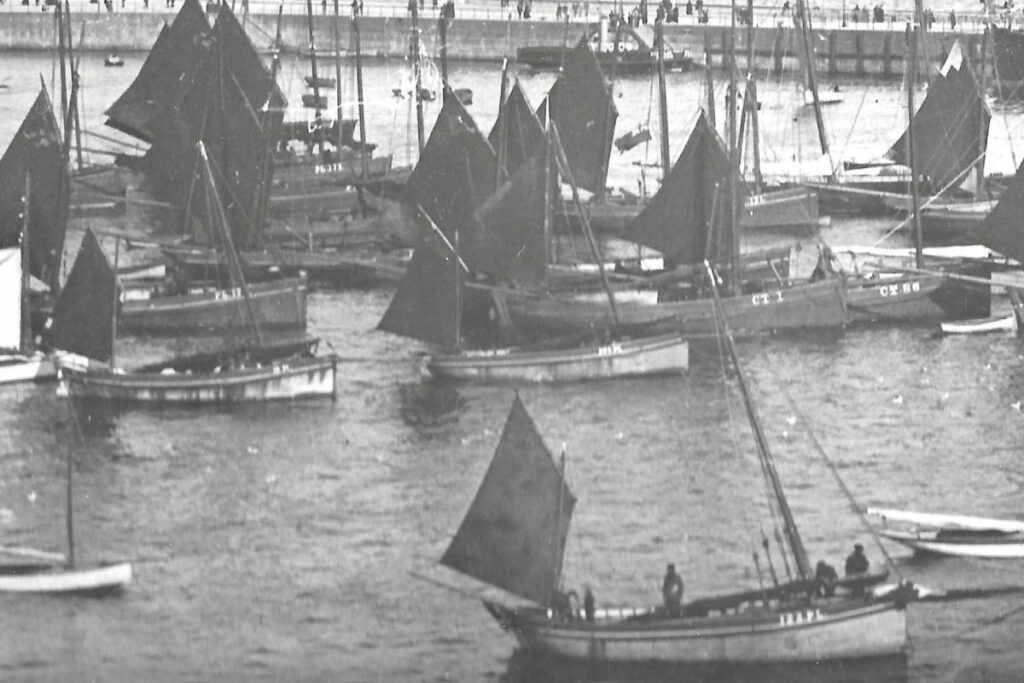
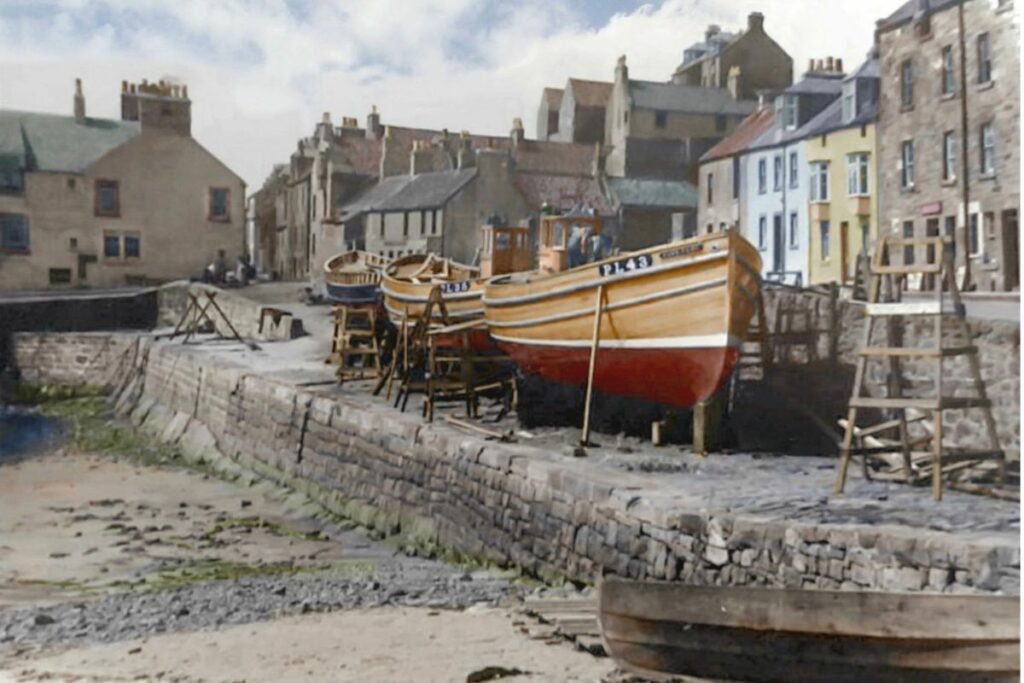
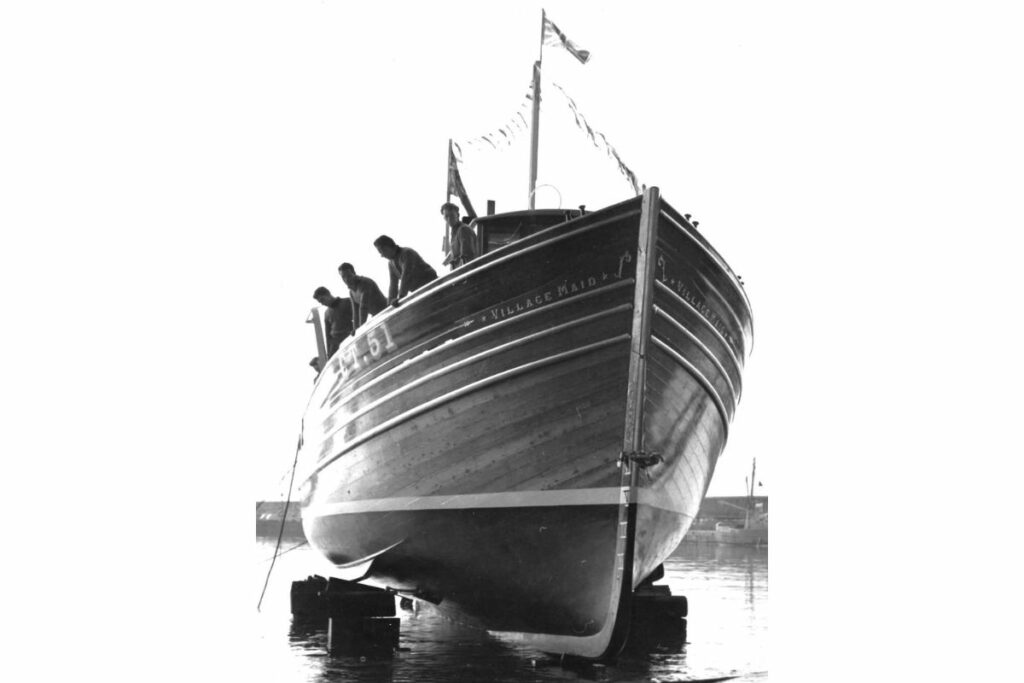
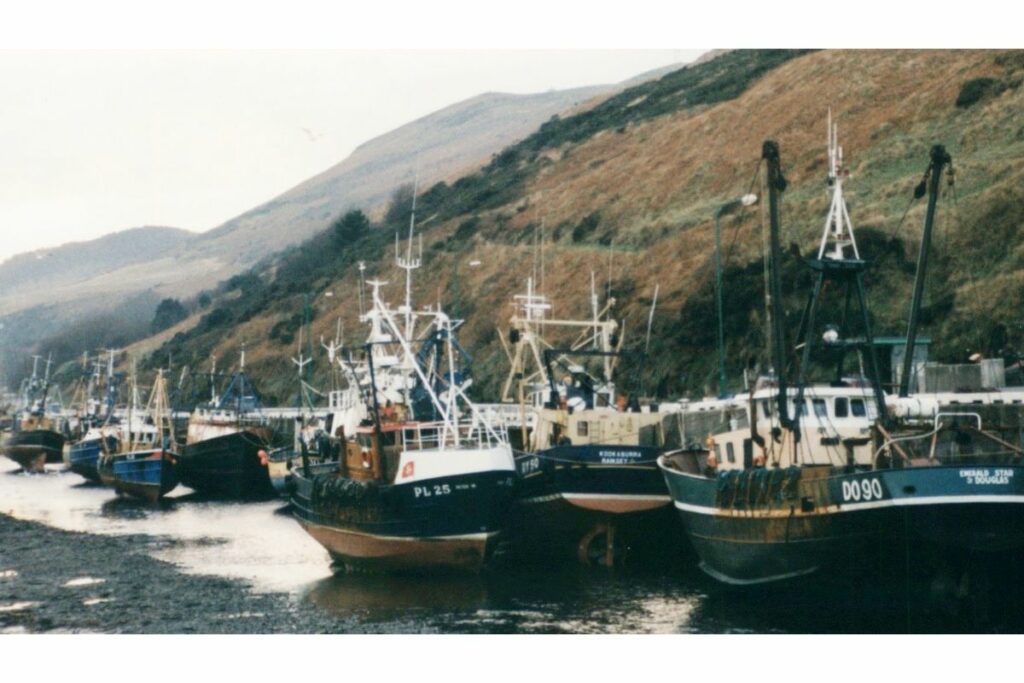
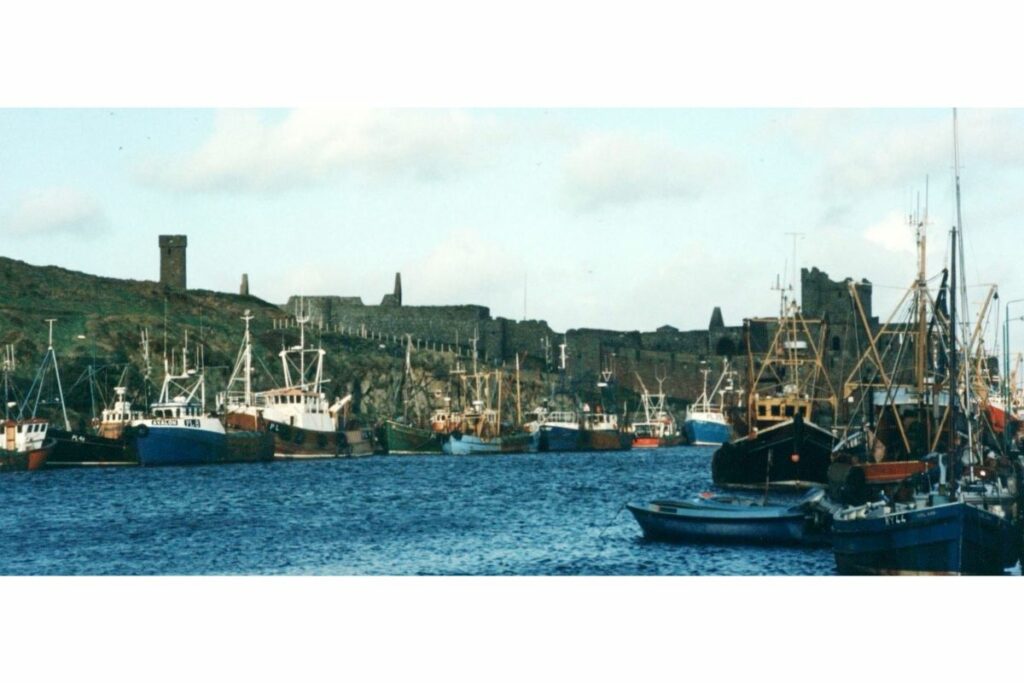
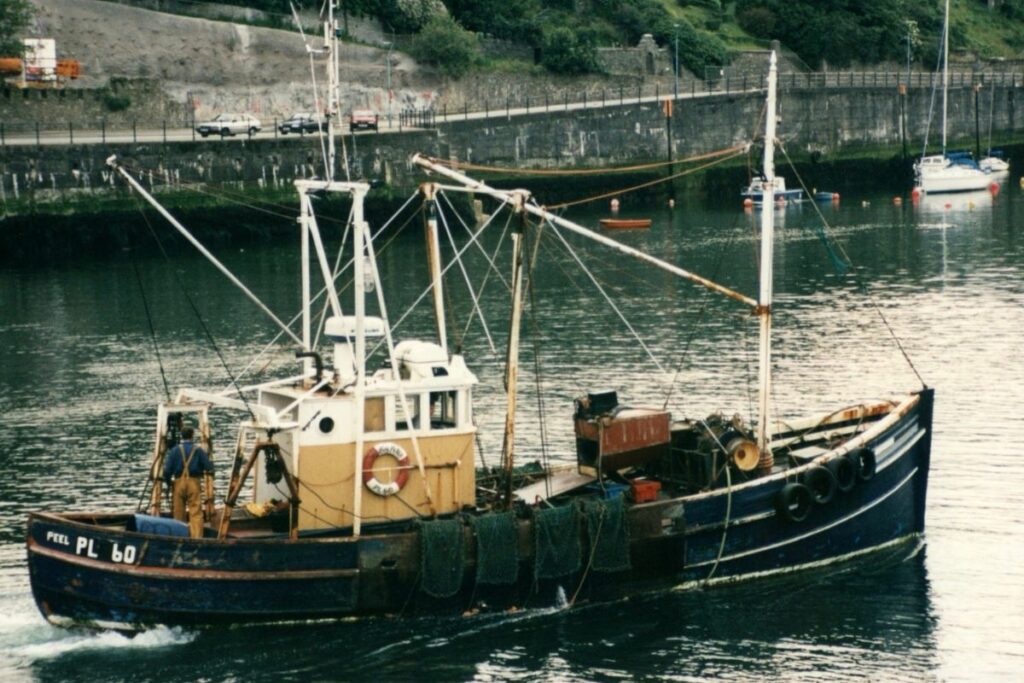
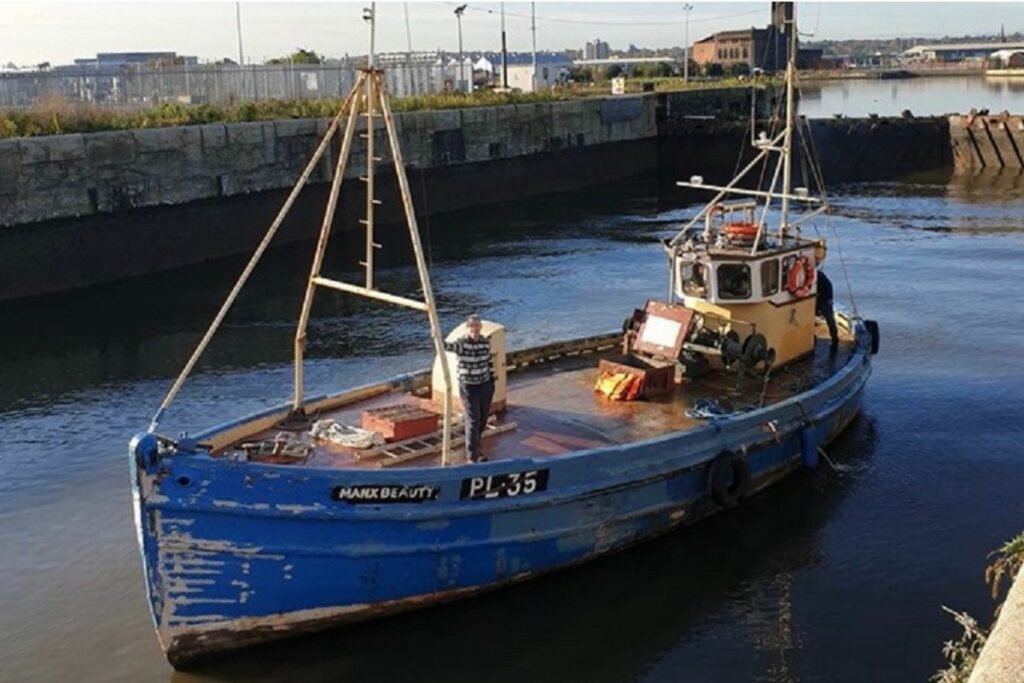
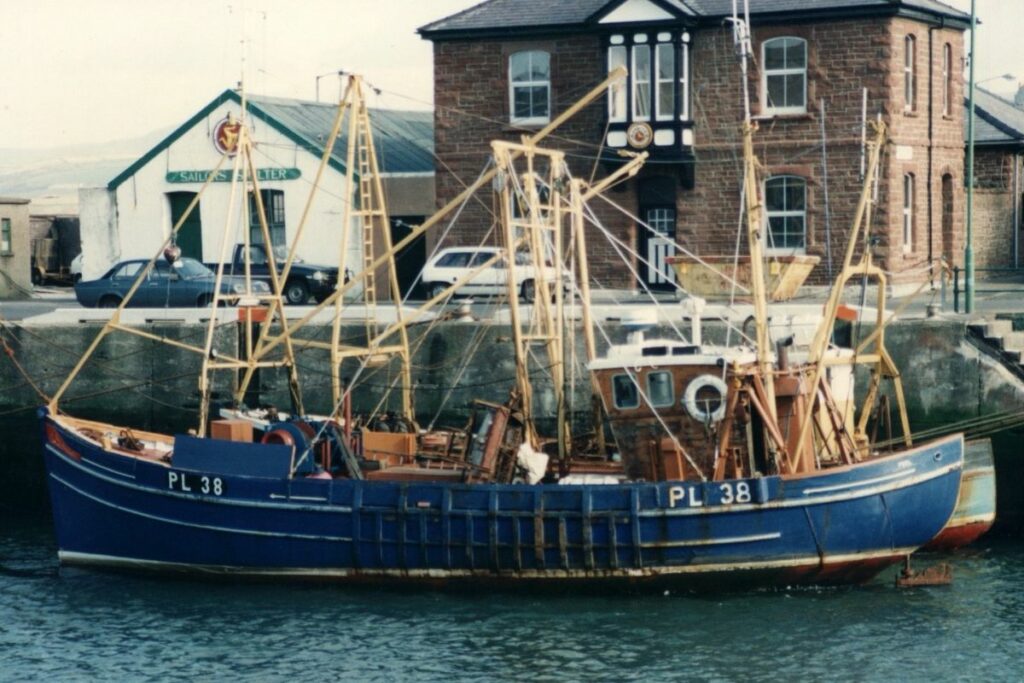
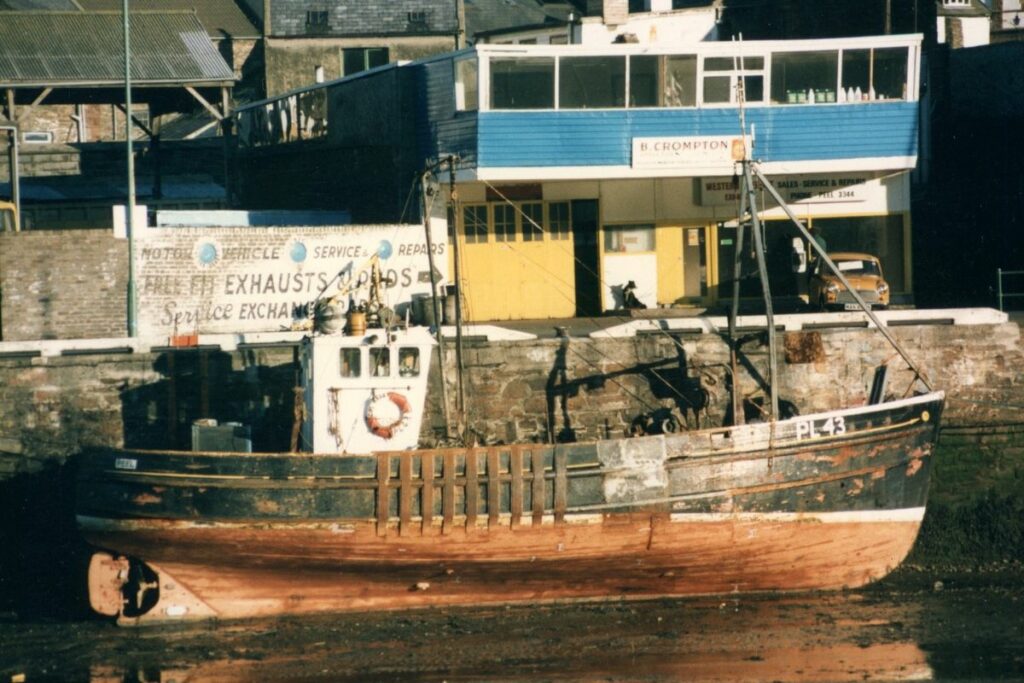
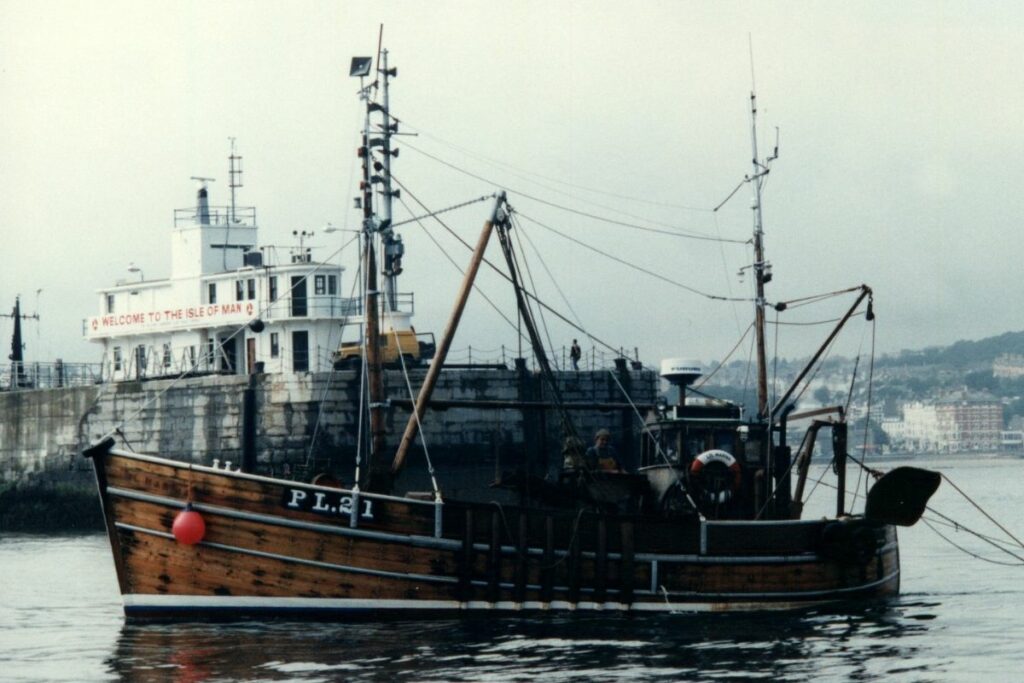
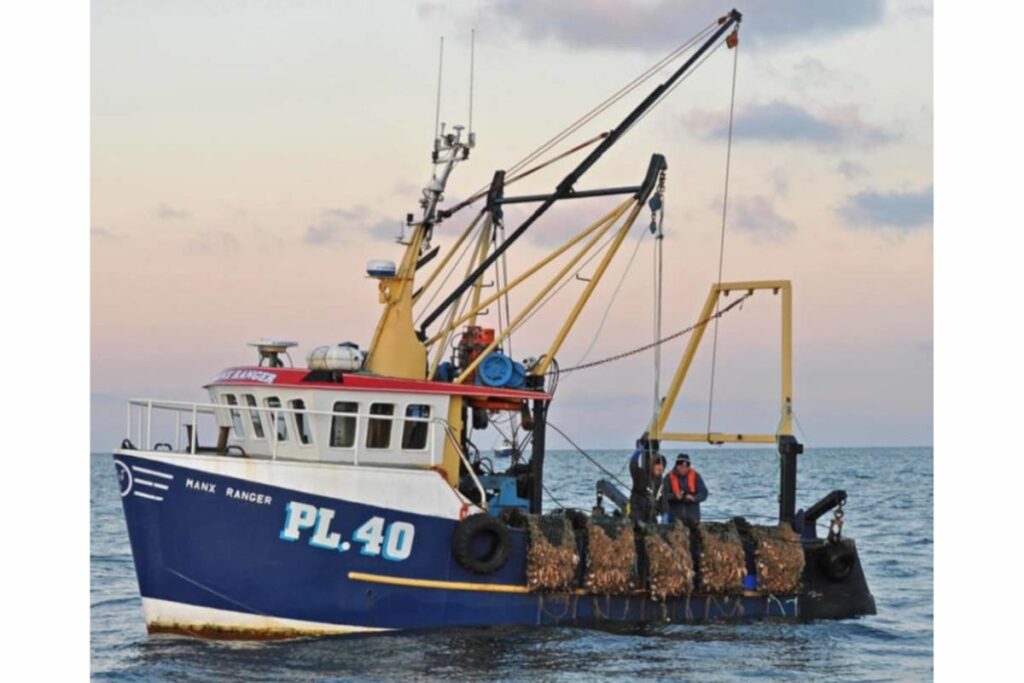
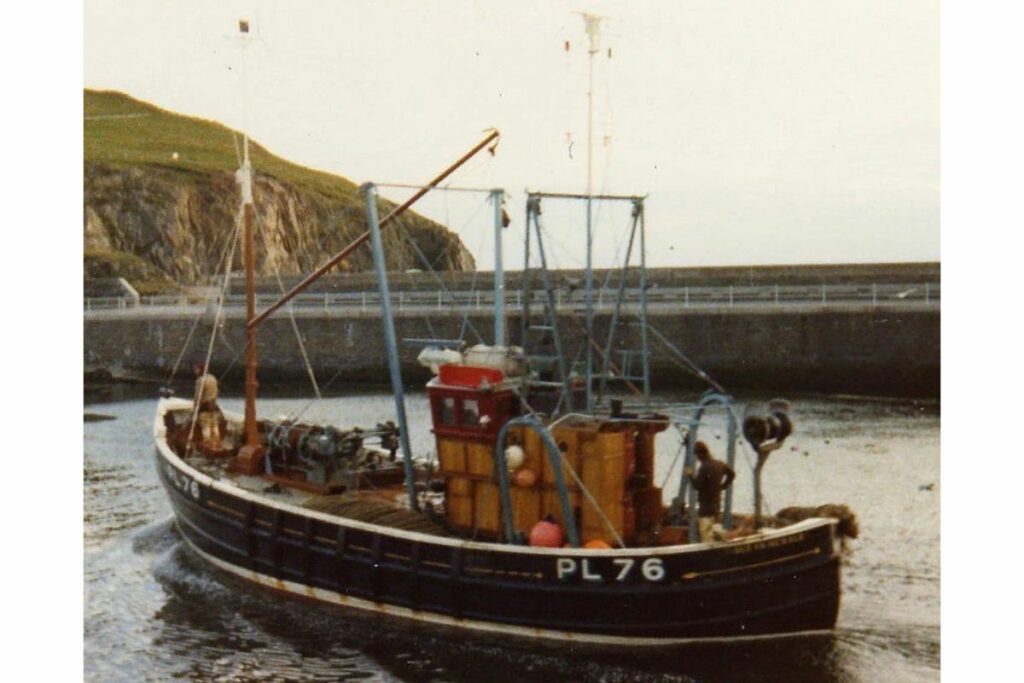
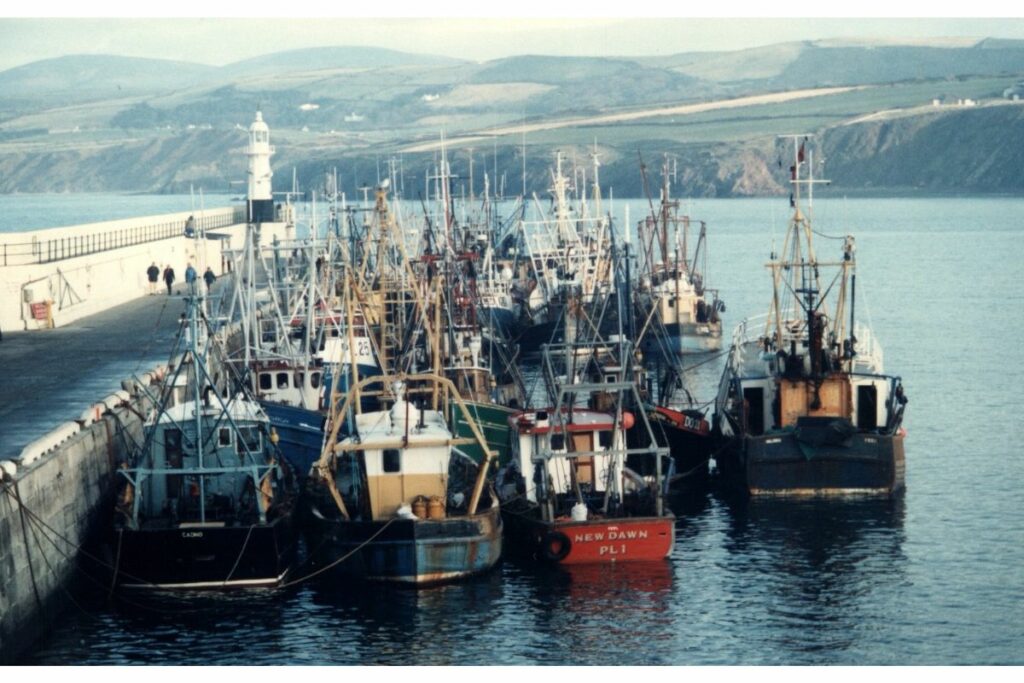
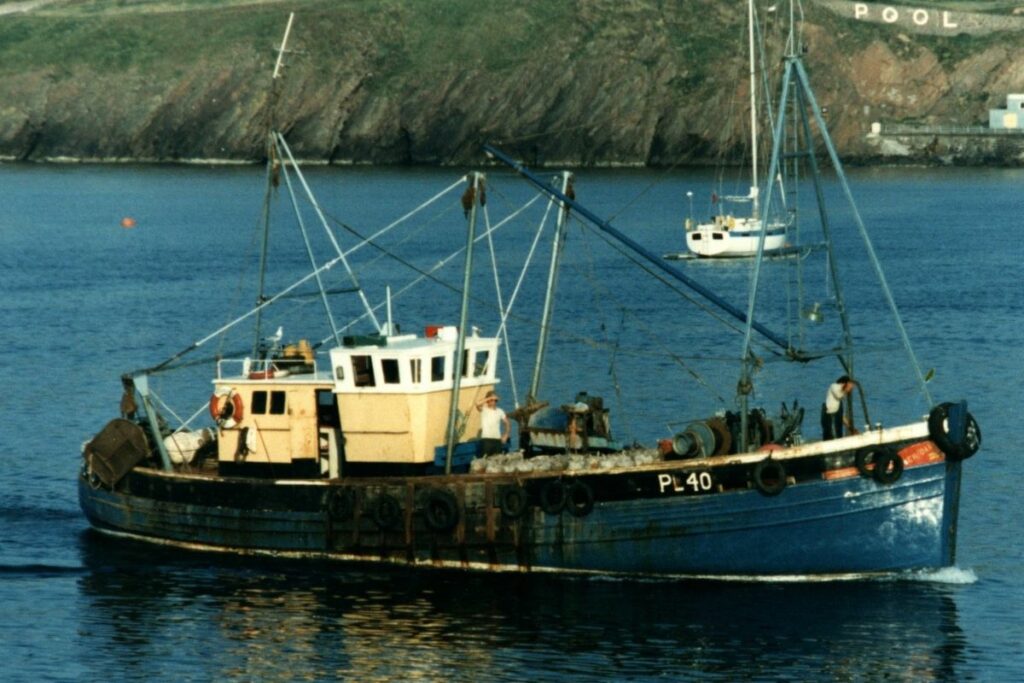
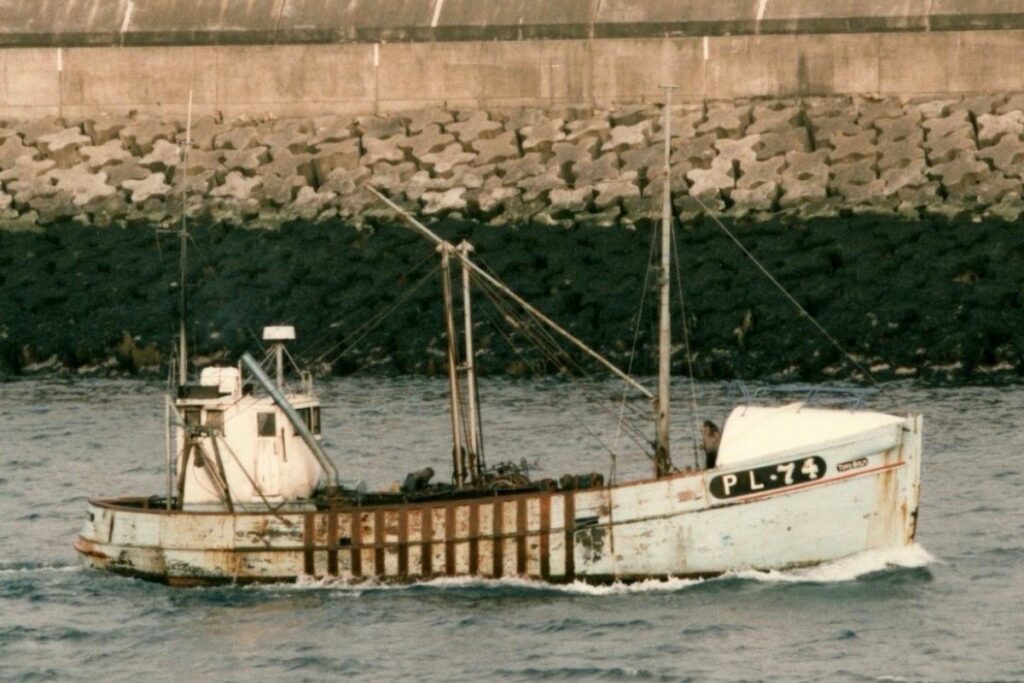
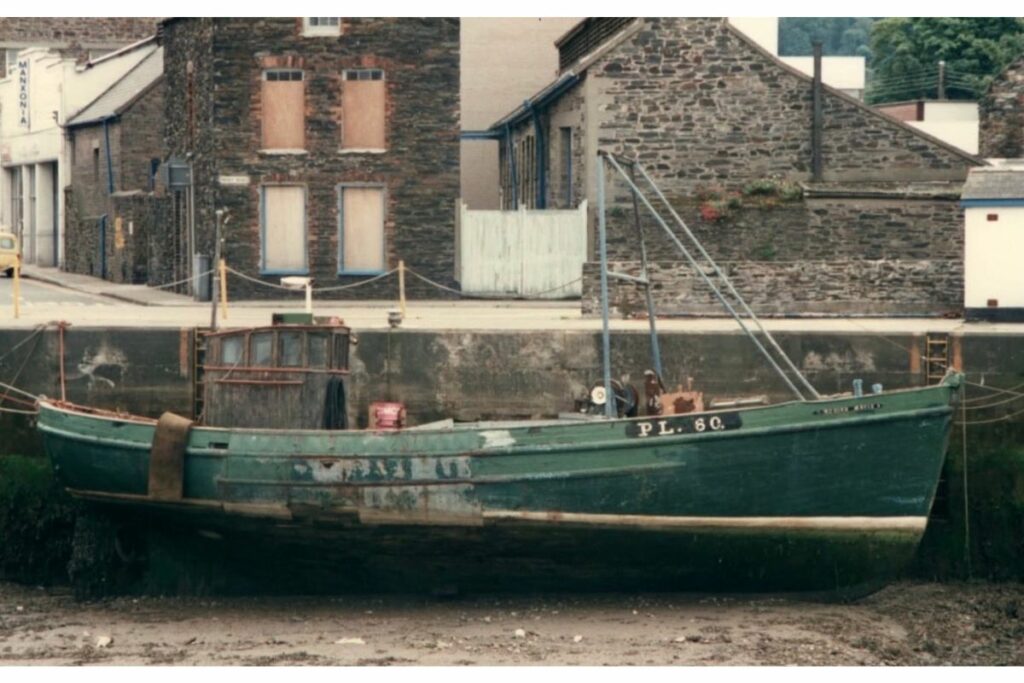
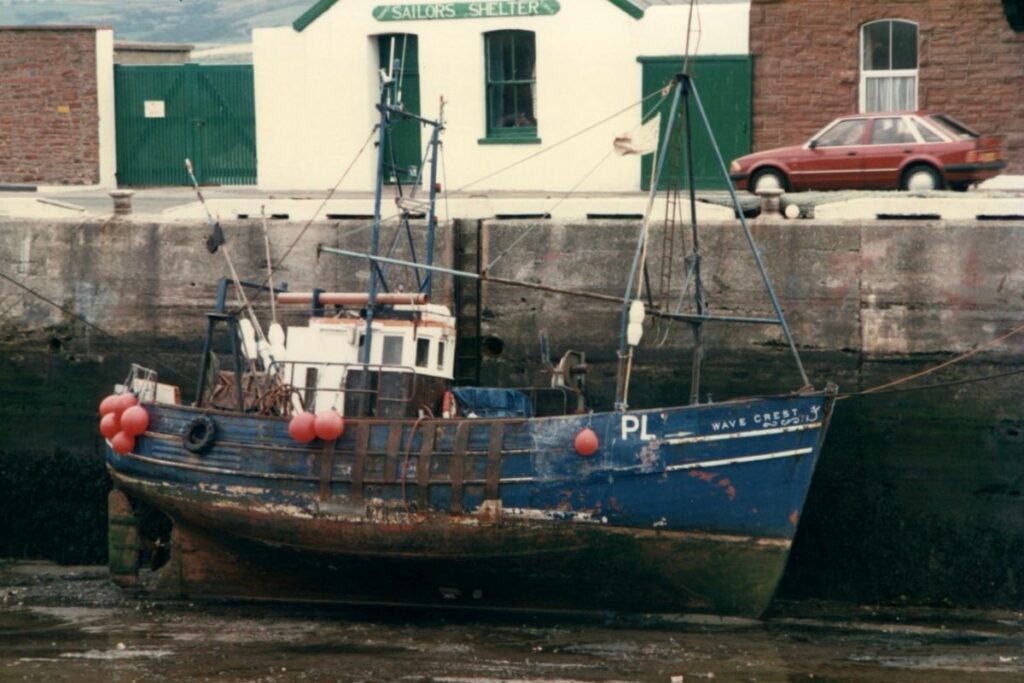
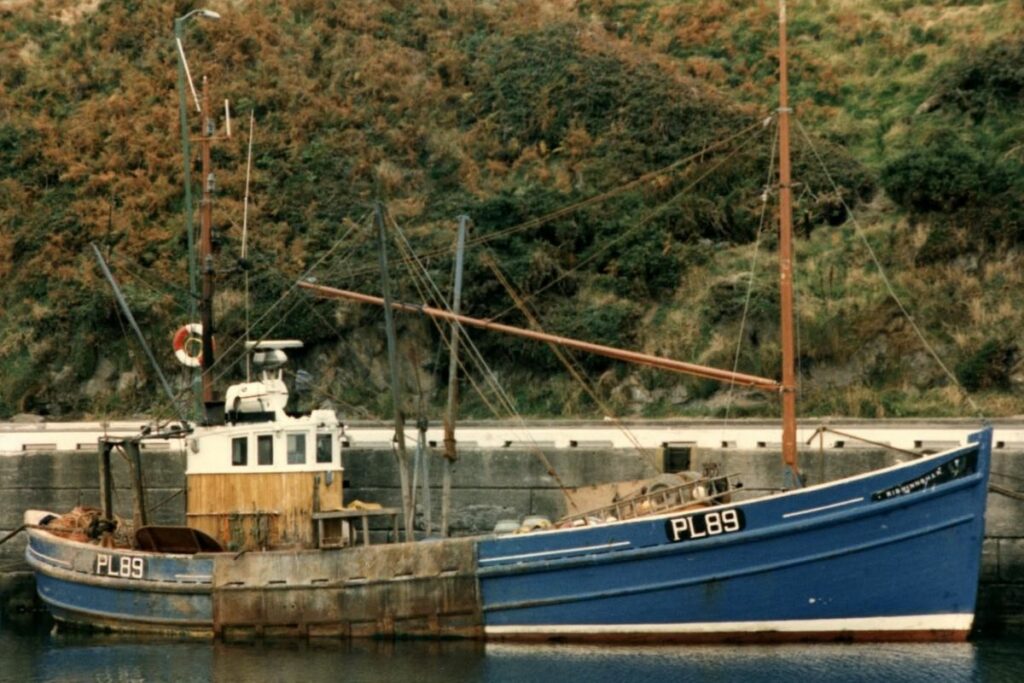
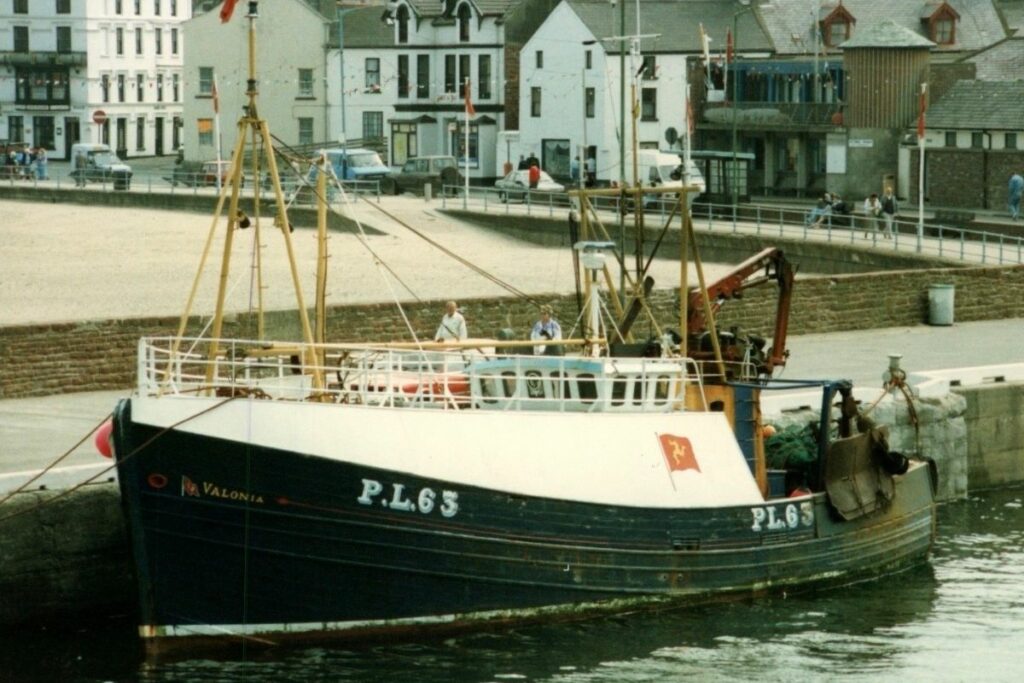
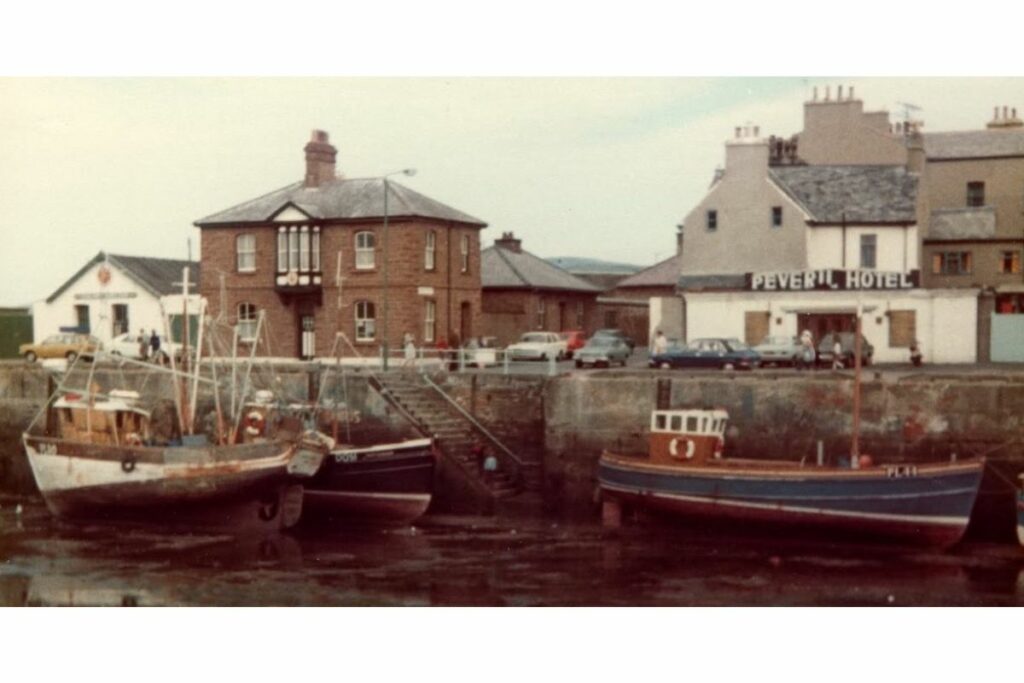
By Mike Smylie
This story was taken from the 6 March 2025 issue of Fishing News. For more nostalgic reports on the UK and Irish commercial fishing sector, subscribe to Fishing News here or buy the latest single issue for just £3.50 here.
Sign up to Fishing News’ FREE e-newsletter here.

